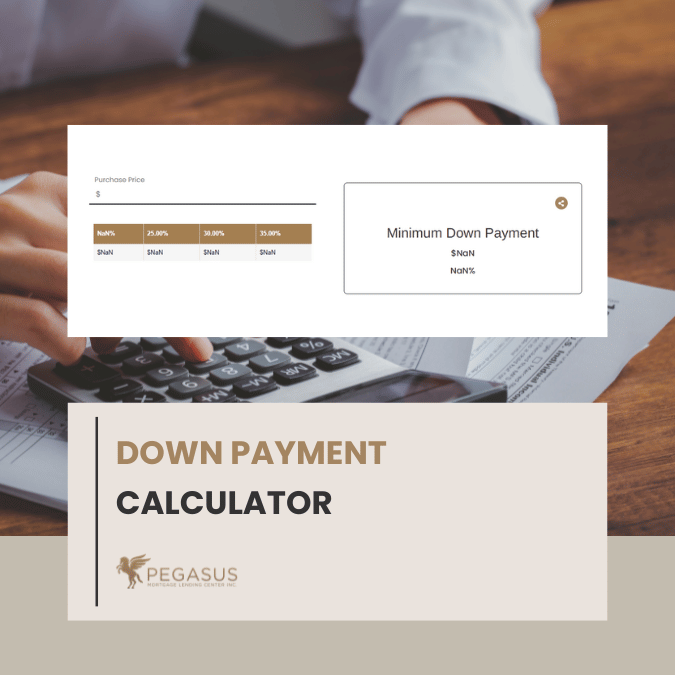The Comprehensive Handbook to Assessing Your Actual Mortgage Installment

Navigating the landscape of residential financing can often feel intimidating, especially when it comes to determining your actual mortgage payment. Many homebuyers focus solely on monthly payments inclusive of principal and interest, yet the truth is a mortgage comprises various elements that can add up significantly over the duration. Comprehending these factors is vital to making knowledgeable financial decisions and ensuring you are equipped for the commitments of owning a home.
In this guide, we will guide you through the essential steps to calculate your actual mortgage payment. From using a mortgage calculator to considering taxes, insurance, and other additional costs, you will acquire a comprehensive understanding of the monthly expenses you can expect. This knowledge will empower you to budget effectively and choose the right mortgage for your unique situation. Whether you are a first-time buyer or seeking to refinance, learning how to figure out your mortgage payment correctly is a necessary skill that can save you money and stress in the long run.

Grasping Home Loan Payment Components
As you determining your overall mortgage payment, it’s crucial to understand the various components that make up your complete payment. Generally, a mortgage payment includes 4 key elements: the amount borrowed, interest costs, property taxes, and insurance costs, often referred to as PITI. Each of these components plays a crucial role in calculating what you will pay monthly.
The principal is the initial loan amount to acquire the home, while interest is the expense of taking out that money, measured as a rate. The interest rate can fluctuate depending on your credit score, market conditions, and the kind of mortgage you choose. It is important to know how these two components influence one another because as you make payments, a portion goes toward paying down the principal, and the leftover portion goes to interest.
Along with principal and interest, mortgage payments often include property taxes and homeowners insurance. Property taxes are typically assessed based on the appraised value of your home and can vary. Homeowners insurance safeguards your property and may be mandatory when applying for a mortgage. When determining your true mortgage payment, it is crucial to consider these components to comprehend the overall financial commitment involved in homeownership.
Applying a Mortgage Estimator Efficiently
A home loan calculator is an invaluable resource that simplifies the process of calculating your actual mortgage payment. To use it effectively, start by assembling all the necessary information. This entails the purchase price of the home, your down payment amount, the loan term in years, and the interest rate. Entering these facts accurately will give you with a clear picture of your possible monthly payment and the overall cost of the loan.
Once you have your basic calculations, investigate additional features of the home loan calculator. Many calculators offer options to consider property taxes, homeowner's insurance, and private mortgage insurance. By including HipoteCalc , you can gain a more holistic understanding of your total monthly housing costs. Modify the inputs to see how changes in the down payment or interest rates affect your payment, enabling you to make informed decisions about your mortgage options.
Lastly, don’t ignore the power of different loan types. Using the estimator, contrast fixed-rate and adjustable-rate mortgages to see which most fits your financial situation. Each option can significantly impact your long-term expenses and monthly obligations. By utilizing a mortgage calculator effectively, you'll prepare yourself with the necessary insights for a secure and wise home purchase.
Frequent Mistakes to Avoid
One typical pitfall people make when determining their mortgage payment is missing additional costs beyond the principal and interest. Many buyers focus solely on these two components, overlooking about taxes, insurance, and potential homeowners association fees. These expenses can substantially affect the total amount you need to budget for each month, leading to a misunderstanding of what you can truly afford.
An additional common error is not comparing around for the best mortgage rate. Many borrowers settle on the first offer they receive, thinking it's the best available. However, rates can vary widely between lenders, and even a small difference can lead to significant savings over the life of the loan. Using a mortgage calculator to analyze different rates and terms can help in arriving at an informed decision that suits your financial situation.
Lastly, failing to consider the influence of changing interest rates over time can lead to unexpected challenges. Borrowers with adjustable-rate mortgages might not fully understand how rate adjustments will affect their payments in the future. It's important to take into account potential fluctuations when determining your long-term budget and to use a mortgage calculator that takes into account these scenarios for a clearer understanding of your financial obligations.
